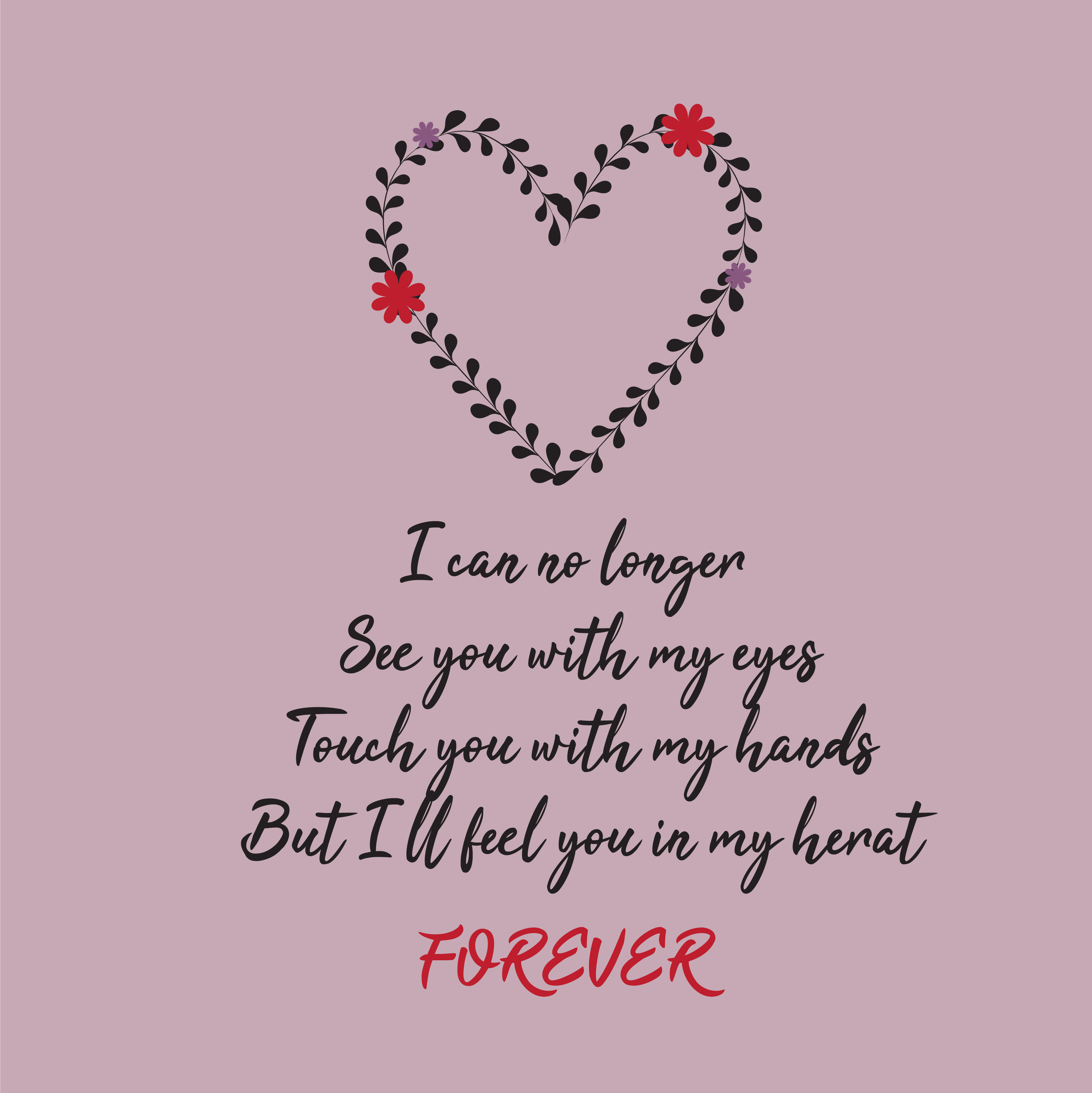

Resonating across generations, it’s been as much a hit with literary luminaries as with a multitude of millennial and Gen Z fans, who have analysed its themes and fetishised its supposed “sad-girl” aesthetic on social media. A critical and fan hitįour years after its release, Moshfegh’s second novel has become a publishing and cultural phenomenon, complete with TikTok trends and Margot Robbie-acquired film rights. It’s a way to break free from the pain of an unloved childhood and a superficial present punctuated by avant-garde art snobs and an inattentive on-off boyfriend. Aided by a complex cocktail of every relaxant known to psychiatry (and even a fictional one, “Infermiterol”, that isn’t), the narrator sees her hibernation as a chance for rebirth. My Year of Rest and Relaxation centres on a 27-year-old female protagonist – white, thin and cashed up – who embarks on a mission to sleep away her ennui for an entire year.


But it’s a dream that’s all too relatable in these post-pandemic times, where lockdowns, a waning will to work, and gnawing existential angst have become familiar parts of the collective consciousness. It’s a dream that might have been considered out-of-touch if My Year of Rest and Relaxation were published when it’s set – at the optimistic pre-September 11 dawn of the New York new millennium. Zoned out on Xanax, Ottessa Moshfegh’s unnamed anti-hero is living the “goblin-mode” dream.


 0 kommentar(er)
0 kommentar(er)
